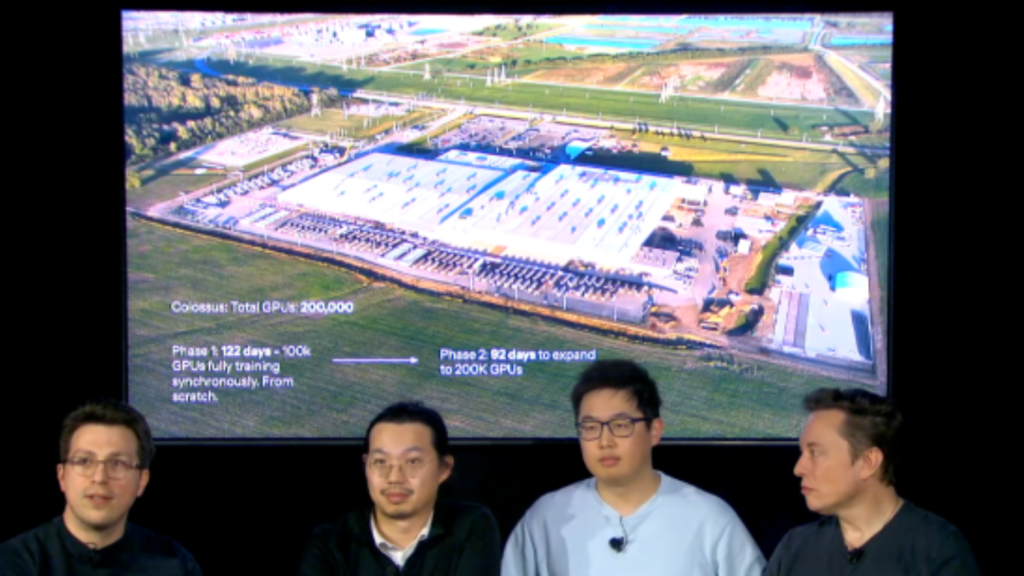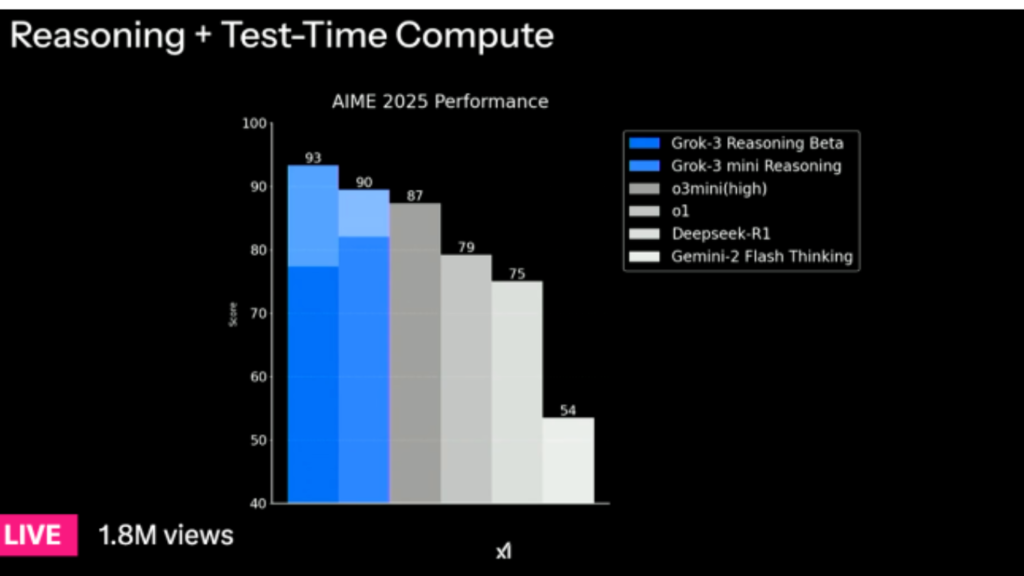xAI Unveils Grok 3: A Leap Forward in AI Capabilities
Elon Musk’s xAI has launched its latest flagship AI model, Grok 3, along with enhanced features for its iOS and web app. This marks a significant advancement in xAI’s pursuit of creating a powerful AI competitor to models like GPT-4 and Gemini.
Grok 3, designed to analyze images, answer questions, and power features on X (formerly Twitter), represents a substantial upgrade over its predecessor, Grok 2. While initially targeted for a 2024 release, the model’s development extended into 2025. Training Grok 3 required a massive data center in Memphis, equipped with approximately 200,000 GPUs. Musk claims that Grok 3 was trained using “10x” the computing power of Grok 2 and an expanded dataset, potentially including court filings.

Musk emphasized Grok 3’s improved capabilities, calling it “an order of magnitude more capable than Grok 2” and a “maximally truth-seeking AI, even if that truth is sometimes at odds with what is politically correct.” Grok 3 is actually a family of models, including a smaller, faster version called Grok 3 mini, which prioritizes speed over absolute accuracy.
xAI asserts that Grok 3 outperforms GPT-4 on benchmarks like AIME (math questions) and GPQA (PhD-level science questions). Early versions also performed competitively in Chatbot Arena, a crowdsourced evaluation platform.
A key innovation within the Grok 3 family is the introduction of reasoning models: Grok 3 Reasoning and Grok 3 mini Reasoning. These models focus on careful problem-solving and self-verification, similar to OpenAI’s o3-mini and DeepSeek’s R1, aiming to minimize common AI pitfalls. xAI claims Grok 3 Reasoning surpasses even the “high” variant of o3-mini on several benchmarks, including the newer AIME 2025 math benchmark.

These reasoning models are accessible via the Grok app. Users can utilize “think” mode for general queries and “Big Brain” mode for more complex questions requiring deeper reasoning, particularly in math, science, and coding. Musk noted that some of the reasoning process is obscured to prevent distillation, a technique used to extract knowledge from other models, similar to recent accusations against DeepSeek regarding OpenAI’s models.
Another new feature is DeepSearch, xAI’s equivalent to AI-powered research tools. DeepSearch analyzes information from the internet and X to provide concise summaries in response to user queries.
Grok 3 and its new features are being rolled out strategically. X Premium+ subscribers get first access. A new subscription tier, SuperGrok ($30/month or $300/year), unlocks additional reasoning and DeepSearch queries, plus unlimited image generation.

Musk also announced upcoming features: voice mode within a week and API access to Grok 3 models in a few weeks.
Grok’s initial promise was to be an edgy, unfiltered, and anti-“woke” AI, willing to tackle controversial topics. While previous Grok models delivered on some of that promise, particularly regarding vulgarity, they also exhibited hedging on political issues and adhered to certain boundaries. One study even suggested a left-leaning bias on topics like transgender rights and diversity programs. Musk attributed this to the training data and pledged to move Grok towards political neutrality. It remains to be seen whether Grok 3 achieves this goal.
Reference:
https://economictimes.indiatimes.com/tech/artificial-intelligence
